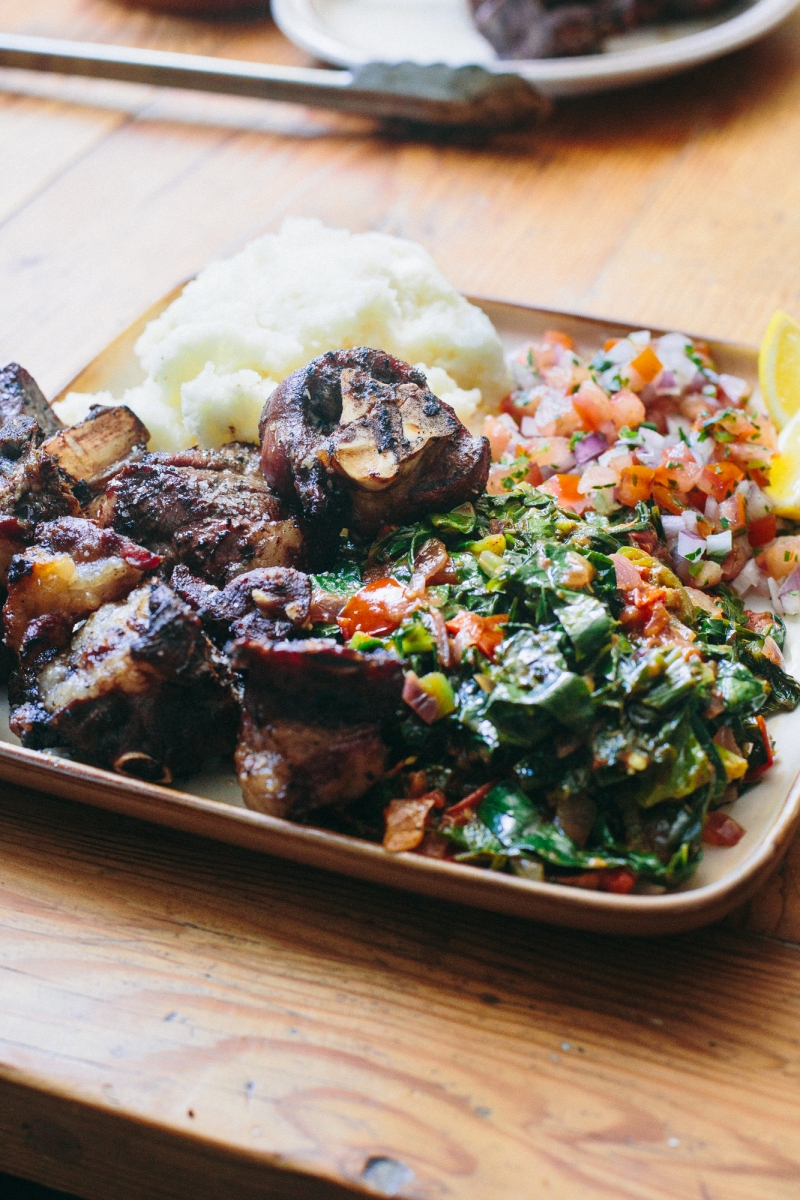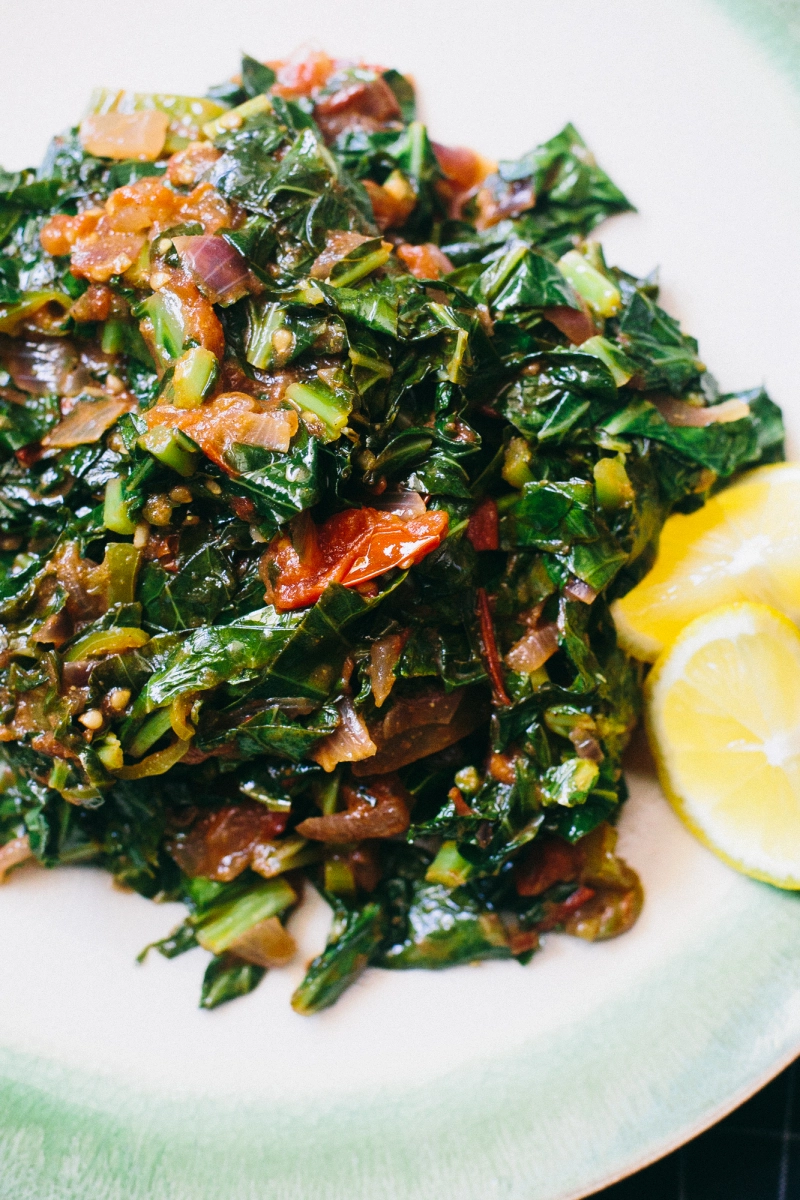
A few readers have asked whether The Heritage Cookbook should be considered a Paleo or Primal book, like my previous two books.
While I didn’t deliberately tailor the book to any specific diet, the fact that the entire book relies on whole ingredients means that it is mostly adherent to many popular healthy eating trends. Flipping through the 303 total recipes in the book, I count 176 (58%) that are naturally Paleo or Primal friendly without any major adjustments, and the majority of those are also Whole30 compliant (you may have to omit or substitute a bit of butter, honey, or alcohol here and there). If you consider white rice to be okay, that’s another 26 to add to that list (so a total of 67%). Finally, 175 of the recipes are also low in starch and sugar, making them Keto or low-carb friendly. The rest of the recipes either feature some amount of traditionally-prepared corn and/or beans, or call for gluten-containing grains.
The presence of gluten in the book may throw you off, since this blog is 100% gluten-free. I continue to avoid gluten in my diet, but this is a good example to help describe the foundation of The Heritage Cookbook. The book investigates how genes affect our interactions with certain foods – including those that contain gluten (wheat, barley, and rye). Cutting out entire food groups can undermine the principle of the book, in that people with specific ancestry may be at an advantage to eat the historical ingredients of their ancestry group(s). But that doesn’t solve the issue we have with food interactions today outside of genetic predisposition – for example, my ancestors have a long history of wheat consumption, but learning that fact doesn’t make me able to eat wheat again without any adverse effects. After all, dietary reactions are the result of many factors, and genes are only one of those factors–albeit a very fascinating one! And since gluten reactions are one of the most prevalent digestive issues Americans face today, I made it a point to include gluten-free substitutions in every recipe (except a couple that specifically rely on bulgur or durum/semolina wheat).
Given the sheer volume of recipes in the book, another way to look at it is that these numbers nearly justify a cookbook of their own. For example, most Paleo cookbooks feature less recipes than the 176 that are found in this book (and same for the 175 keto recipes!). So there is still a lot of value to be had in these pages – and we haven’t even started talking about the 200+ pages of genetic and nutritional research, food history, and cultural observations found within the book!
So to recap:
58% of the book is Paleo/Primal friendly, and most of those are Whole30 compliant
67% of the book is Paleo/Primal + white rice (e.g. Perfect Health Diet) friendly
99% of the book is written to be adaptable to gluten-free
58% of the book is Keto or low-carb friendly
In answer to this article’s main question: is this book Paleo/Primal/Gluten-Free/Keto-friendly? I would say yes. But also no (way to make a decision, Russ). I’m not marketing it as aligned to any specific diet for a reason – and honestly, the variety of traditional foods found in our ancestral diets lean more towards eating a bit of everything around you (provided they are made from scratch and in a traditional context) than to eschew entire food groups. And that context matters; nowhere in the book do I call for someone to use wheat products (or really, any food product) as their main source of calories. Instead, I encourage the reader to eat along historical trends. Take a look at this graph below:

This indicates the changes in poultry consumption from the first year that global figures were calculated (1961, a time when more people were eating traditional foods than today), versus 2013. You can see that the landscape of food consumption has changed significantly over the past 52 years (I approached it as two generations, since generations are typically calculated as 25 years). An American looking at modern consumption trends around them may assume that eating 70kg/year of poultry meat is totally normal, but in 1961 the average was more like 17kg/year. Same goes for ingredients like corn, beans, and wheat – at the very least, the 1961 figures are a better indication of historical eating patterns than 2013 figures. But the key will be to look at the historcal eating trends of your ancestral origins. Are you an American of Italian origin? In 1961, Italians ate only 5kg/year (a little over 11 lbs, or 22 8oz servings a year!)–a far cry from the 70kg/year consumed by contemporary Americans.
And that’s one of the many insights and tools you’ll find in the book to help you figure out the best diet for your unique heritage.
More to come in the following weeks! And don’t forget that you only have until June 30th to grab a physical (hardcover) edition of The Heritage Cookbook!











